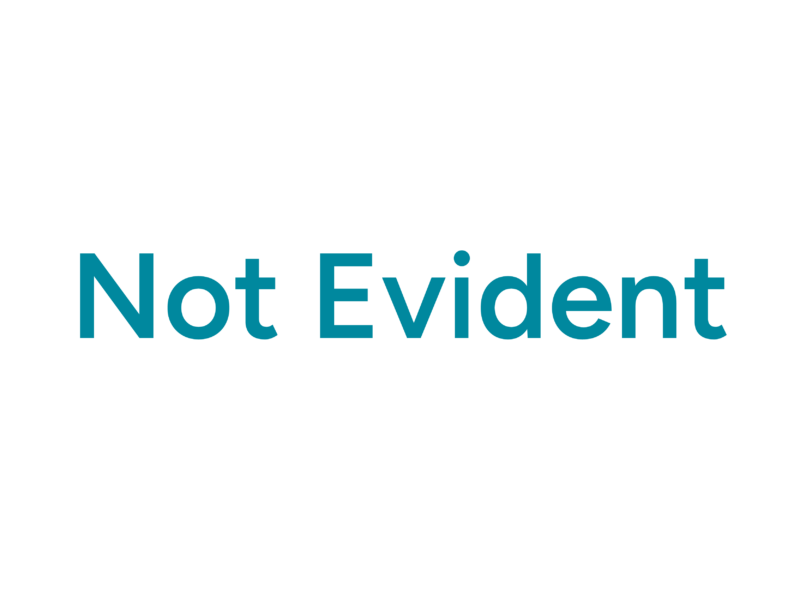Inquiry Rubric
The ability to identify, formulate and communicate questions that guide investigation and reflection toward discovery; the ability to critically and thoroughly examine one’s own assumptions and the assumptions of others.
Description
Inquiry takes form in compelling questions that drive our creativity, test our own assumptions, and push us to engage with authentic problems and thorny issues. Successful practice of Inquiry starts with developing lines of questioning and being open to where the research leads, which could refine or redirect the questions, or lead to entirely new questions. Examining assumptions – in the questions asked, in the evidence found, and in one’s own perspective- can lead to new insights and conclusions. Acquiring more information is its immediate result, but the capacity to inquire well is the key to a life full of discovery, meaning-making, and purpose.
A traditional rubric PDF for Inquiry can be found here
Develop Questions
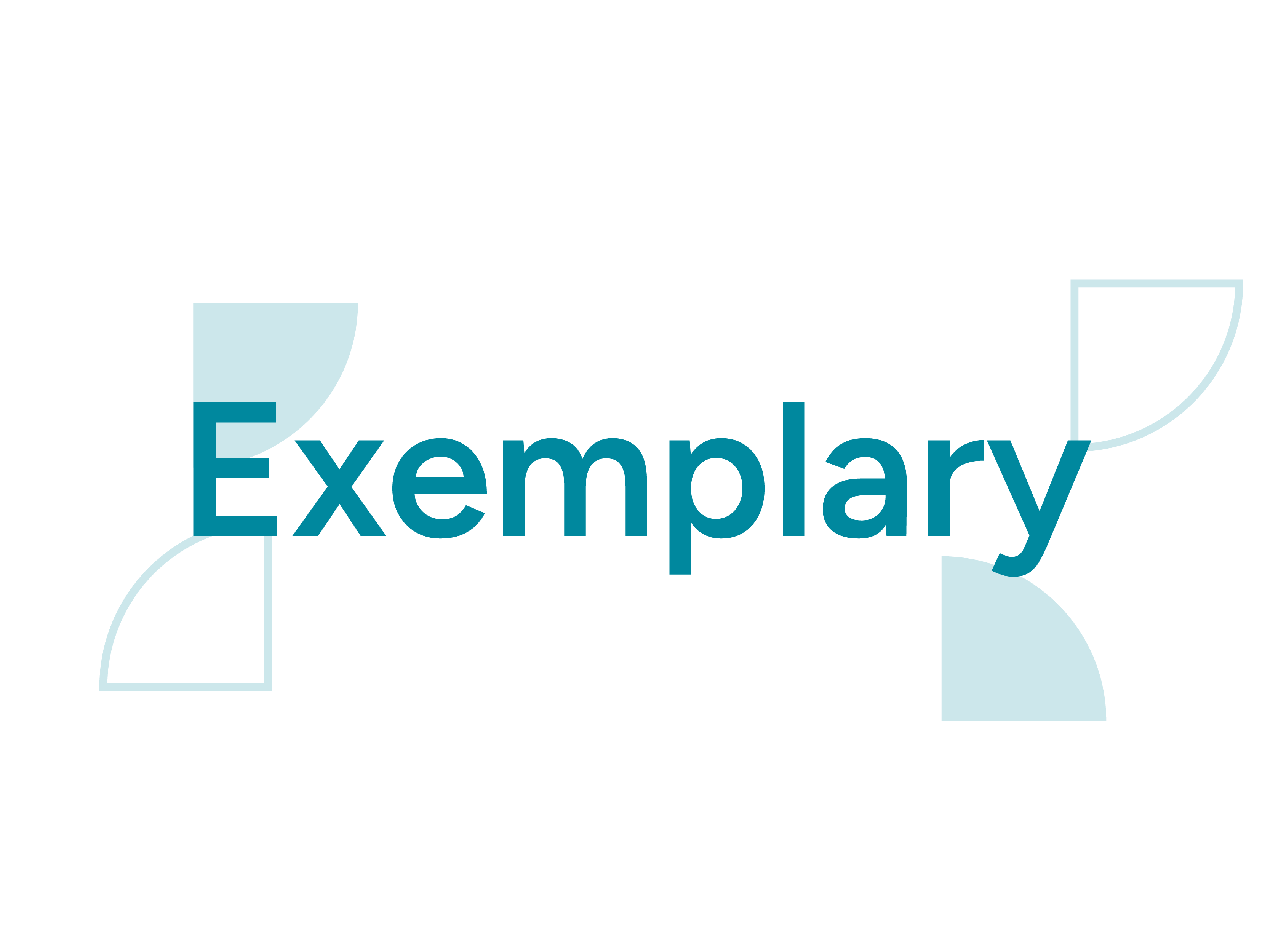
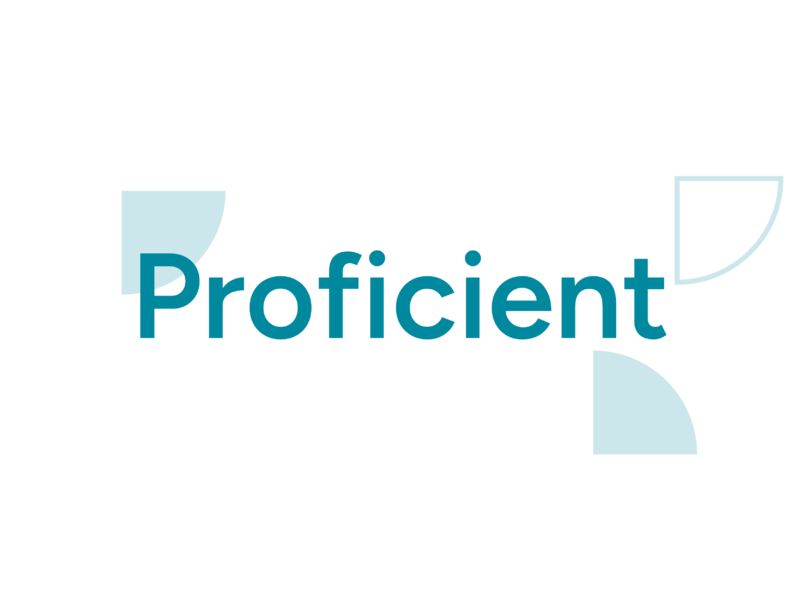
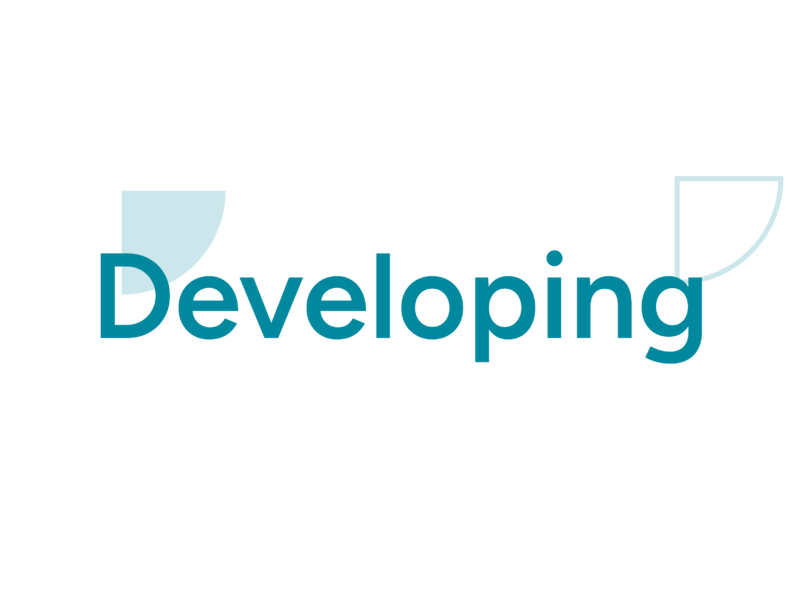
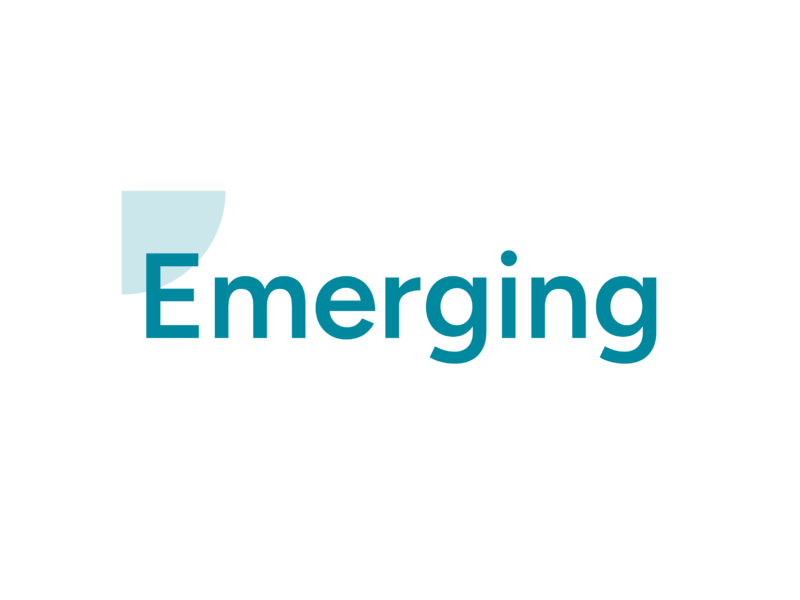
Research, Explore




Seek Evidence


Examine and Reflect

